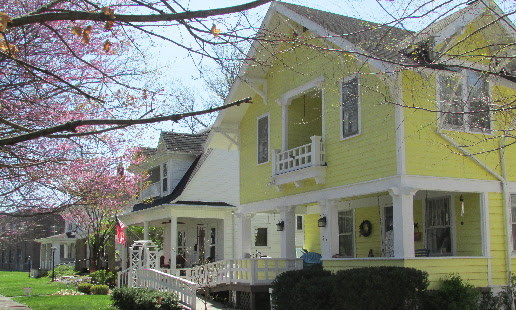
(UNDATED) – Residential neighborhoods in two southern Indiana communities earned a listing in the National Register of Historic Places this month.

Seymour’s Walnut Street Historic District includes a variety of houses from the late nineteenth and early twentieth centuries.
It is the first residential historic district in the city to qualify, although a second is in the process of also being placed on the list.
The Walnut Street Historic District includes an area bounded by Eighth Street on the north, Pine Street on the west, Fourth Street on the south and the alley between Chestnut Street and Indianapolis Avenue on the east.
The Boulevards/Westover Addition neighborhood on the west side is in the process of being named to the list. That area, roughly bounded by Fifth Street on the north, Elm Street on the east, Second Street on the south and Bryant Boulevard on the west.
The Indiana Department of Natural Resources Division of Historic Preservation and Archaeology is expected to review the application in April, and if approved, it will be sent to the National Park Service’s National Register of Historic Places for review and potential approval.
Greg Sekula director of the Southern Regional Office of Indiana Landmarks said this will open the doors for tax incentives.
Tax credits of 20% are available to homeowners of older historic properties in the district who spend at least $10,000 in improvements, he added. The hope is the tax credits will provide incentives for property owners to invest in their properties.
Clarksville’s Lincoln Heights neighborhood originated in the 1930s as a streetcar suburb.
Nestled off Lewis and Clark Parkway is one of the town’s best-kept secrets. Centered between Lewis and Clark Parkway, Hibiscus, Lynnwood, and Lincoln drives sits a neighborhood called Lincoln Heights.
The location of the three-block neighborhood isn’t obvious from major corridors in town. Thru traffic is nearly nonexistent, as streets dead-end at all would-be access points.
Those streets are also particularly narrow, composed of the same pebble concrete that has remained intact since their inception. The homes along with them first started appearing in the late 1920s, with most of the construction lasting through 1960.



